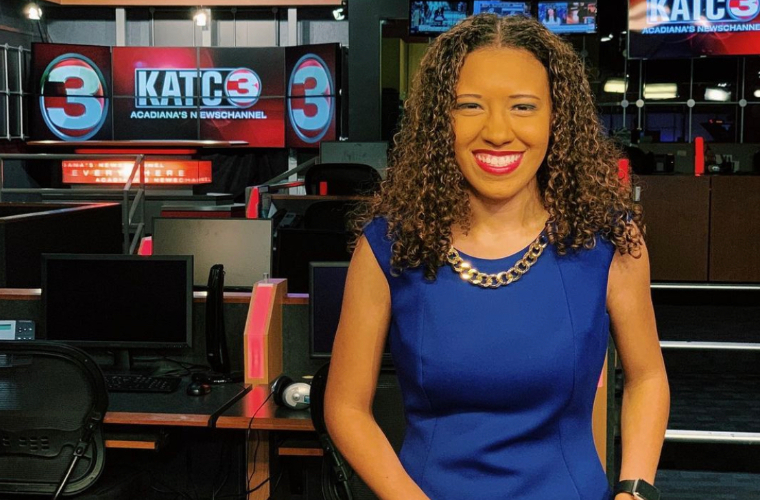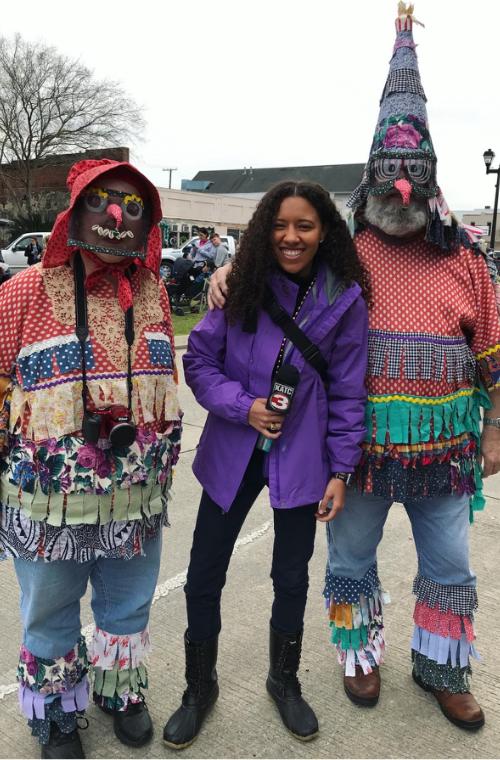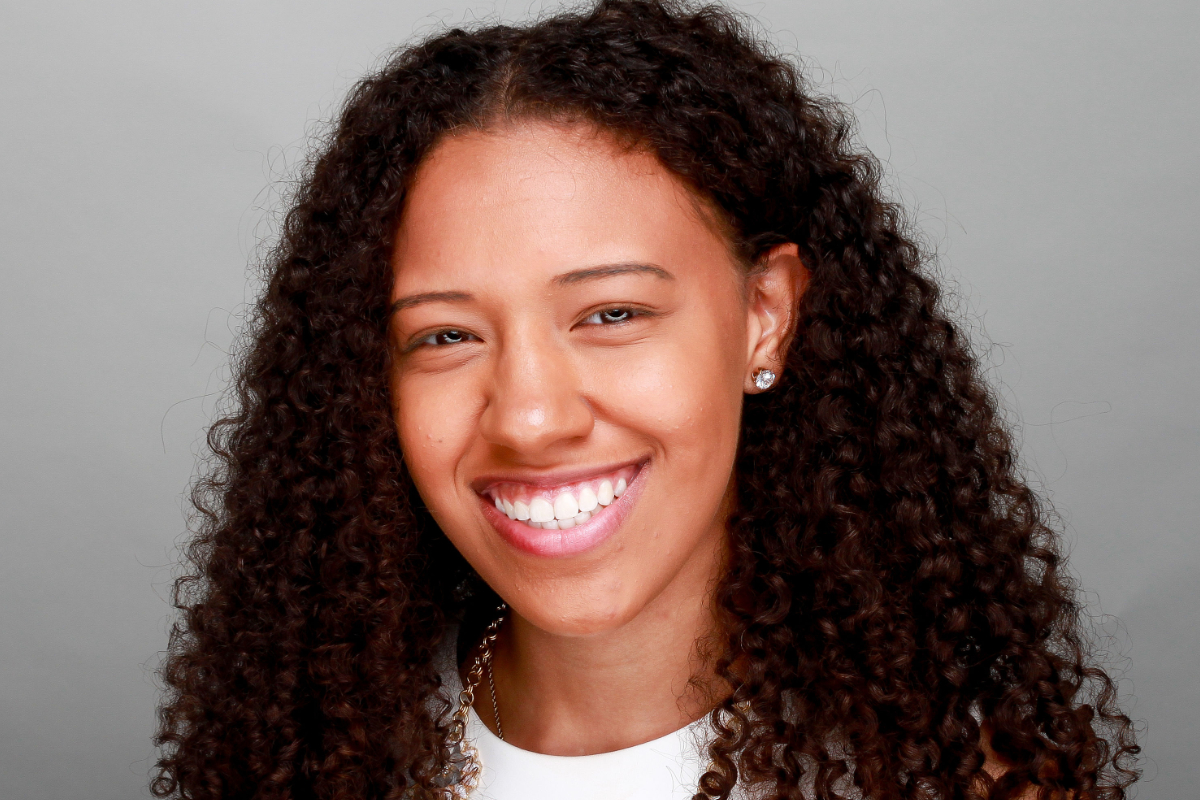With a desire to stay close to home, Eman Boyd found UL Lafayette was the obvious place to study broadcasting.
“I just felt like I needed to be close to home to start out,” she said. “So, UL Lafayette just made the most sense to me. Plus I didn't want to miss out on any of the festivities, like Festival International and Mardi Gras.
“I was just drawn to the broadcasting program before I started. I attended Preview Day six months before I was actually enrolled, and I just loved the program,” she said.
A Personal Minor
The broadcasting major requires students to also earn a minor. Eman was drawn to Black and African diaspora studies.
“In high school, we only learned a little about civil rights and other movements, and just three main people like Martin Luther King, Rosa Parks, and Harriet Tubman,” she said.
Learning about Black history was a matter of personal identity for Eman, as well as a subject she wanted to study more in her own time.
“It gave me the opportunity to understand our history, how it's developed over time, and if we still use those same mechanisms,” she said. “It was really eye-opening for me. If I could have another minor with my master’s degree, I would definitely go for it again.”
Finding Opportunities
Along with continuing her personal studies on Black history, Eman is currently working toward a Master of Arts in Communication and Media Studies online at the University of the Southwest. She is also a full-time reporter at KATC TV3. These opportunities are the building blocks for her future.
“Eventually, I do want to go to a bigger market like Atlanta or Washington, DC,” she said. “I would eventually like to anchor – that would be cool. I've actually had some practice here at KATC. They've let me anchor a couple of times during the holidays."

“I think that's what's so great about the market here in Lafayette: you still have opportunities to really develop those skills,” she said. “So, when you go somewhere else, it's not like you're a newborn trying to figure out what's going on.
“If anyone who's thinking about getting into broadcasting, I think Lafayette is a great place to start because it will prepare you for different markets,” she said.
Gaining Experience as a Student
Eman started preparing for her career early on. She interned with KOCZ 92.9 FM, a local radio station in Opelousas as well as KIEE 88.3 in Lafayette. Her final internship was at KATC and led to a job right after graduation.
“For people coming into broadcasting, I would say take it seriously and take every opportunity,” she said. “You can start doing internships your first summer after your freshman year. Just get yourself out there.
“The more experience you have on your resume, the easier it will be for you to get into television because that's what they're looking for," she said. “Internships are a big foundation for that, as well as getting involved (with student organizations).”
Eman was part of student organizations on campus that still impact her life today. She got involved with the Rotaract Club as a student which led her to become an active member of the Rotary Club of Opelousas Sunrise. And she takes what she has learned from the Collegiate Fashion Association into account every day.
“Even though what I'm saying on television is the most important part, before I even open my mouth people are looking at what I'm wearing, if my makeup looks okay, and all that,” she said. “So, I take great pride in my appearance, especially on television.”
The Documentary Warrior
As a student, Eman made a documentary called “Sickle Cell Warrior.” While she wants to create more films in the future, her first one is already an award-winner.

“We were able to go to a few film festivals actually, which is crazy,” she said. “I got my first award for Best Short Documentary for a film festival in Atlanta. So that was pretty cool.”
Eman gets experience with longer-form stories as part of her job during sweeps months, which are February, May, July, and November.
“When you do stories every day, you only have a maximum of maybe 90 seconds to tell that story,” she said. “Having sweeps months, it gives us that opportunity to dig a little bit deeper into those stories that really hit home or are really personal for us.”
Life as a Reporter
As a nightside reporter, Eman’s workday stretches from 2 p.m. until 11 p.m. Each day starts with a staff meeting to discuss the schedule for the early shows and pitch ideas.
“We have to pitch story ideas every day,” she said. “There has to be at least one good one.”

With the exception of breaking news and previously scheduled stories, those pitched ideas need to be assembled for the later shows.
“On a typical day, after I pitched the story and it gets approved, I set up the interviews, go out, interview, and shoot,” she said. “For people who start in Lafayette, which is a smaller market, you are typically going to be working solo. You have to set up the interviews, do the interviews, shoot your own story, come back, edit, get it checked by one of the anchors or one of the producers, and then have it ready to go for the 10 p.m. broadcast. After 10 p.m. we have to write our web stories. And then after that, we post on social media. And that's a full day for me.”
Being a reporter is a lot of work, but Eman finds the work exciting.
“It's pretty crazy,” she admitted. “But I think what I enjoy about it is that it's something new every day. And that's what keeps it really exciting for me.”


